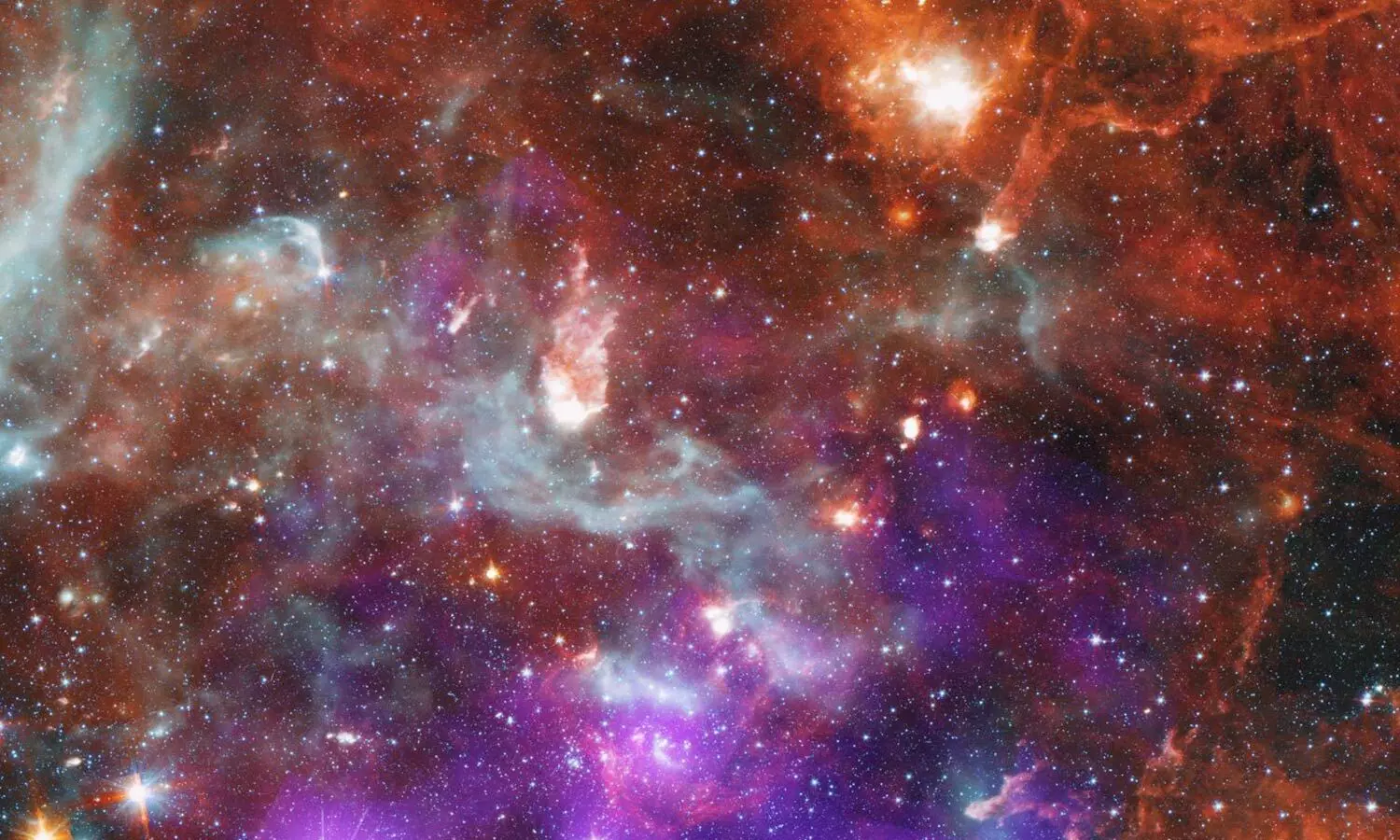Formation of Stars and Their Clusters: A Glimpse Through Hubble’s Lens
These stars often group into clusters, classified into globular, open, and stellar associations. Discover stunning images captured by Hubble.
Hubble has captured detailed images of these clusters, showcasing their beauty.

Stars form in nebulae, where gas and dust collapse under gravity to create protostars.
As they heat up, nuclear fusion begins, and the star is born. Stars often form in clusters, which are held together by gravity.
These clusters are classified into three types: globular, open, and stellar associations.
Hubble has captured detailed images of these clusters, showcasing their beauty.
NGC 1850:
A globular cluster located 160,000 light-years away in the Large Magellanic Cloud (LMC). It is held together by gravity and is made up of many stars.
NGC 2031:
Situated in the LMC, this cluster is home to millions of Cepheid variable stars, which brighten and dim at regular intervals.
NGC 2002:
A young star cluster located in the LMC, around 18 million years old, situated in an active star-forming region.
KMHK 1231:
A loosely bound group of stars surrounded by a nebula of gas and dust, where new stars could form in the future.
47 Tucanae:
A globular cluster containing around 35,000 stars, located in the constellation Tucana.
NGC 6397:
One of the oldest and most tightly bound globular clusters, located 8,500 light-years away. It contains hundreds of thousands of stars.
NGC 2040:
A young star cluster located in the LMC, part of a large star-forming region.
Pismis 24:
A small open star cluster in the NGC 6357 nebula, home to some of the largest stars, including Pismis 24-1.
Hodge 301:
Located in the Tarantula Nebula, this cluster is 20-25 million years old and contains multiple generations of stars.
NGC 3603:
A massive star cluster in the Milky Way, located in a large nebula filled with gas and plasma. It is home to some of the most massive stars known.

